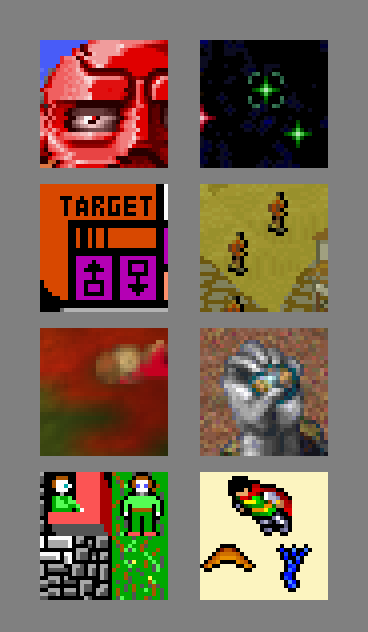For every authoritarian system you find in video games, there will also be another group devoted to its overthrow. Sometimes these are oh-so-creatively called the “Resistance” or the “Rebellion” or whatnot. But sometimes these groups have actual names that sometimes actually mean something.
Here are eight groups dedicated to sticking it to the man. Can you name the games they came from? And better yet, can you name the “man” they are trying to stick it to?
1. Northwest Secessionist Forces
2. AVALANCHE
3. Red Faction
4. Carrion Crow
5. Sons of Korhal
6. John Brown’s Army
7. The Woodsie Folk
8. The Laytonites
Good luck! If you win, I promise that simply imprison you when I catch you instead of having you executed.

